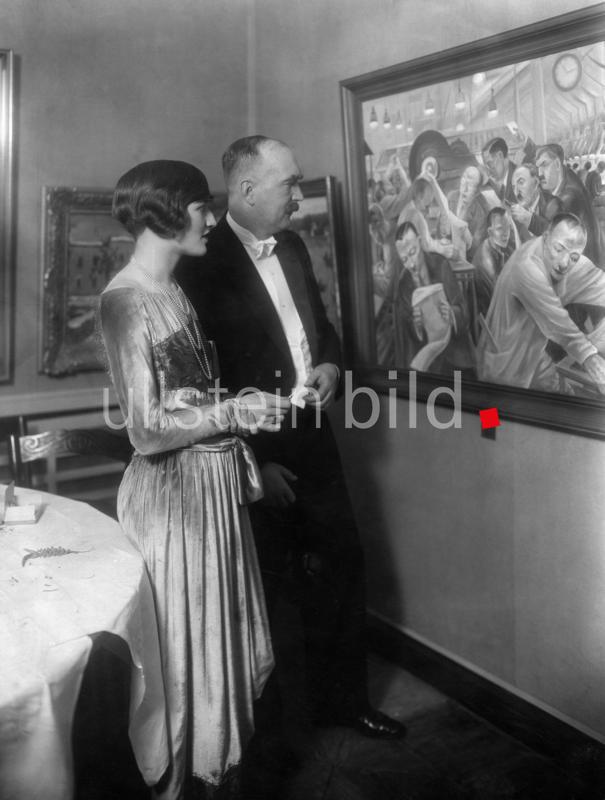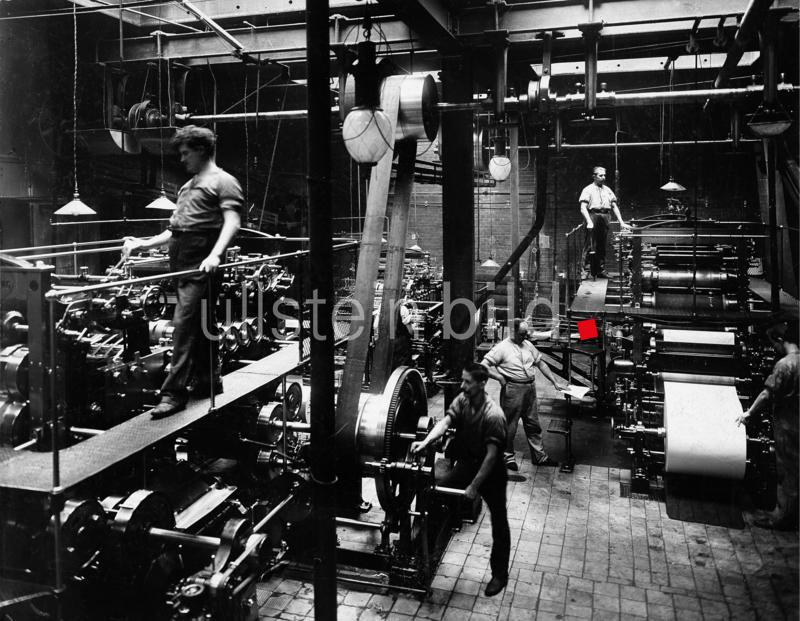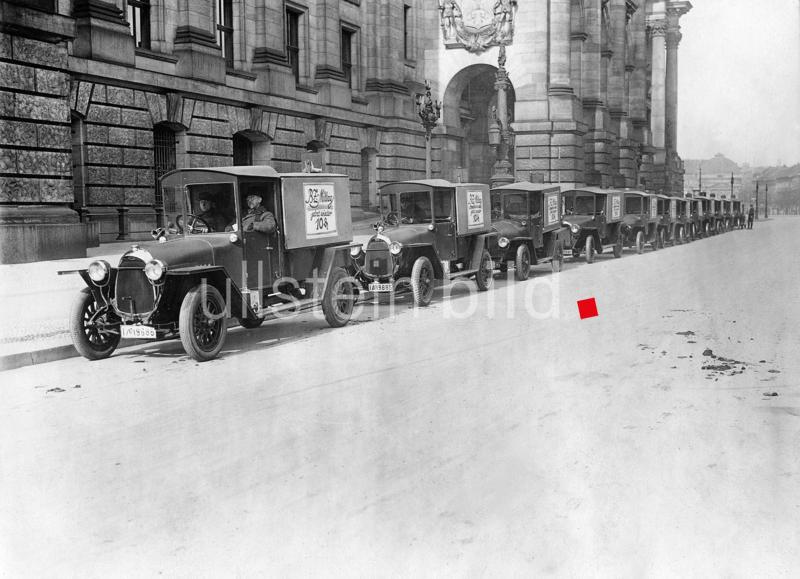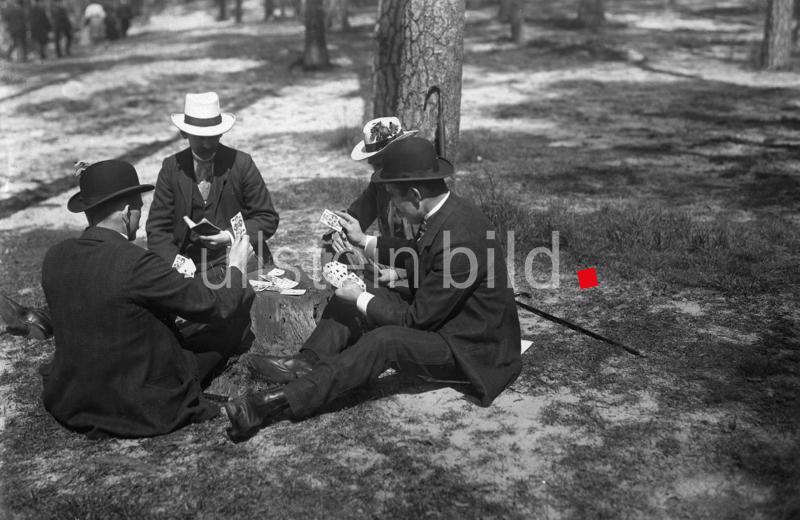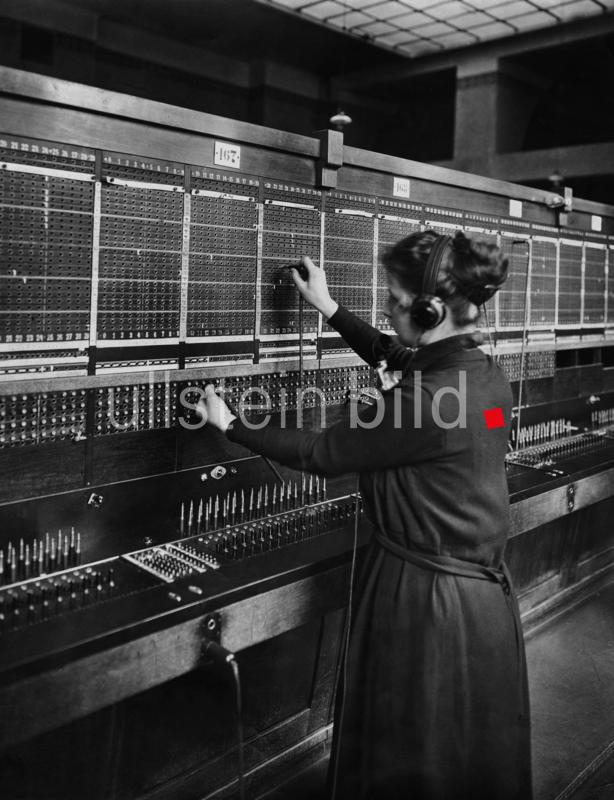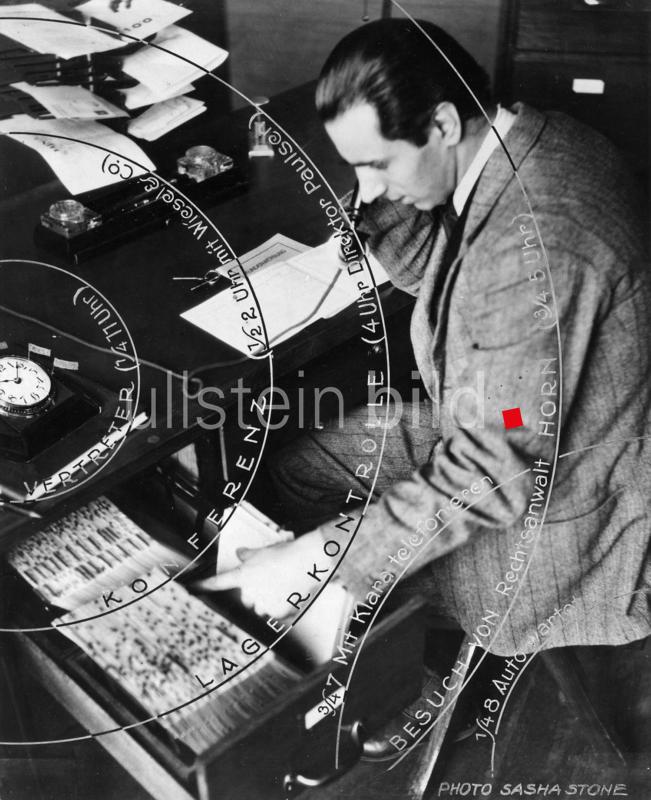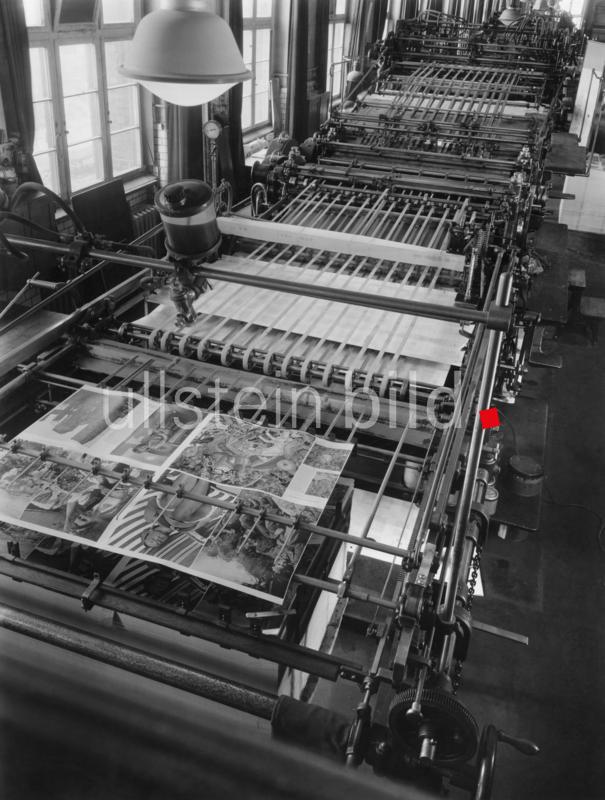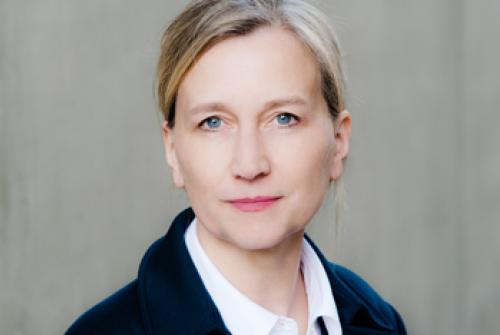The brave new world of work
The dream and trauma of modernity
Exhibition at the LVR-Landesmuseum Bonn | November 13, 2025 – April 12, 2026
_______________________________________________________________
The flexibilization of working hours, advances in artificial intelligence, and the increasingly vocal calls for a four-day week are challenging our traditional understanding of work and are an expression of a rapidly changing world. Society experienced a similar dynamic around 100 years ago, when technological innovations and social shifts brought about profound transformations. At the beginning of the 20th century, artists participated intensely in debates about the state of working society. Their paintings and objects bear witness to political struggles, negotiate the achievements of modernity, and envision a future world of work. Under the title “Brave New World of Work: Dreams and Trauma of Modernity,” the LVR-Landesmuseum Bonn is shining a light for the first time on the profound changes in the world of work and their artistic reflections in the modern era. Six thematic chapters trace the massive upheavals in work and society – from the last years of the 19th century to the eve of World War II. Icons of New Objectivity such as Leo Breuer's “Kohlenmann” (Coal Man) from 1931 enter into dialogue with expressionist or classicist works by artists such as Otto Dix, Conrad Felixmüller, Käthe Kollwitz, and Franz Wilhelm Seiwert. Less well-known positions, such as those of Magnus Zeller, Sella Hasse, and Erna Lendvai-Dircksen, complete the picture and invite visitors to make new discoveries. The historical debates reveal surprising parallels to current discussions about the future of work today. (Text: LVR Landesmuseum Bonn)
The topic of “working life” at Ullstein – always relevant
In a universal collection of contemporary history such as the Ullstein photographic collection, images of human working environments from a wide variety of continents and eras are standard fare. It is not only Ullstein's own publishing world that has addressed this theme over the decades. It also deals with the development and conditions of a wide variety of other professions. Both well-known and unknown photographers have addressed this topic because it has always been a subject of interest to editorial offices and publications.
The early photo agency Zander & Labisch was commissioned by Ullstein to produce a comprehensive series of photographs in the publishing house. This resulted in impressive images of the premises, production, and everyday working life. Shortly afterwards, Robert Sennecke focused on technical progress and Ullstein's immense sphere of influence. He chose various means of transport and vehicles used to deliver newspapers and magazines far beyond the borders of Berlin as his subjects. The two press photographers Georg and Otto Haeckel were interested in all facets of everyday life. This is also reflected in the partial inventory of their photographic estate, which has only now come to light in Berlin. Beyond working life, numerous leisure activities also found their place: swimming in Lake Wannsee, summer tobogganing in Golm near Potsdam, a game of skat under the trees on Pentecost. Waldemar Titzenthaler focused on women in a new professional field with his portrait of a telephone operator. And Sasha Stone, from the next generation of photographers, describes the efficiency, the mechanisms of work, and the relentlessness of its timing in his photo reportage “Das hundertpferdige Büro” (The Hundred-Horsepower Office).
The year is 1936: The Ullstein family and many employees have left Berlin, and Ullstein Verlag is about to be renamed “Deutscher Verlag.” The printing house in Tempelhof is captured from an insider's perspective by an unnamed photographer: Machines, printed products, and work processes illustrate the seemingly orderly world of a new era. We know how it ended.
Important Ullstein exhibits in the Bonn exhibition
The impressive selection of Ullstein exhibits, which also includes an original copy of the Ullstein magazine Uhu from 1926, is perfectly complemented by a loan from the Axel Springer SE company archive: the painting “Zeitungsdruck bei Ullstein” (Newspaper Printing at Ullstein) by Magnus Zeller from 1928. Incidentally, an original photograph from the Ullstein collection from the same year by Zander & Labisch can be seen in the gallery below. It shows two festively dressed guests at the Berlin Secession Ball, including editor Count Albrecht Montgelas, looking at the painting with interest. We wish the same for all the works in the new Bonn exhibition.
In the gallery, you can see a selection of original photographs from the ullstein bild collection.
The complete range of images can be found at ullstein bild.
 Back
Back